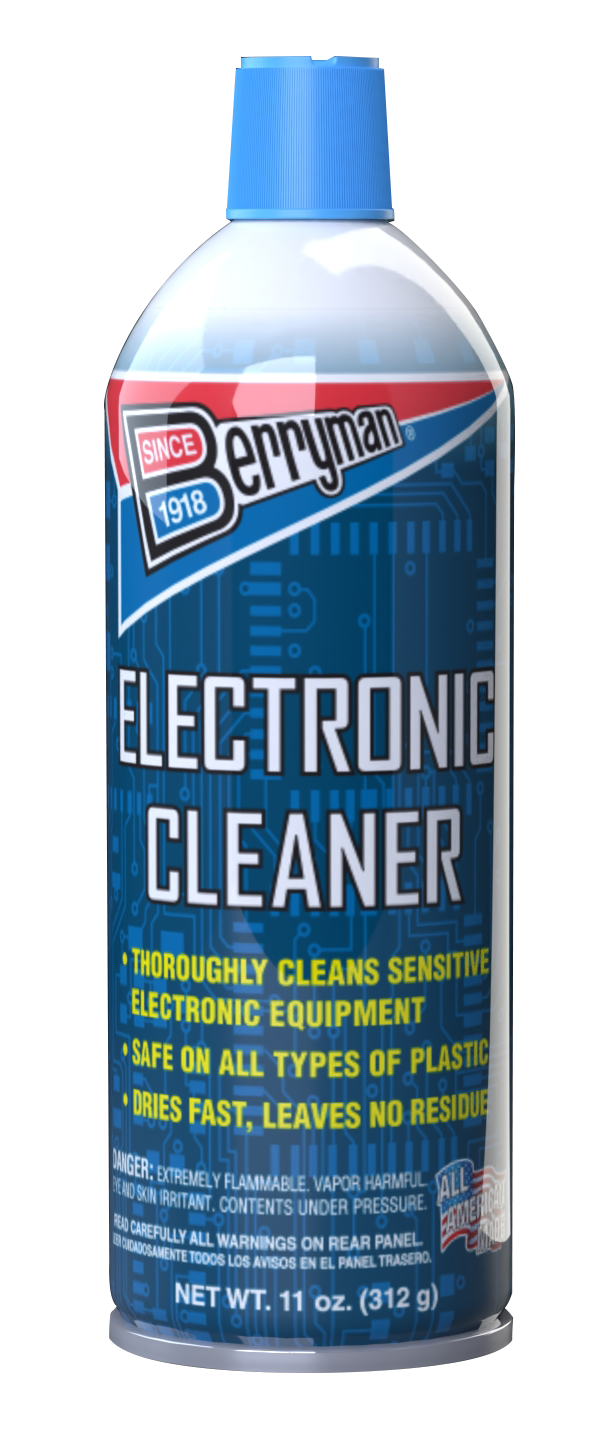
Electronic devices are essential in everyday life, from computers and smartphones to audio equipment and home appliances. However, they are susceptible to performance issues caused by dust, dirt, and corrosion. One of the most effective ways to maintain electronics and prevent operational problems is by using an electronic cleaner. These products are designed to remove debris and contaminants safely, extending the life and reliability of devices. Understanding how to use an electronic cleaner can help troubleshoot common issues and restore optimal performance.
Understanding the Role of an Electronic Cleaner
Electronic cleaners are specially formulated solutions that remove dust, grime, oils, and oxidation from sensitive electronic components. Unlike regular cleaning products, they are non-conductive, fast-drying, and safe for delicate circuits. This makes them ideal for cleaning circuit boards, connectors, switches, and other components where conventional cleaning methods could cause damage.
The primary function of an electronic cleaner is to improve electrical conductivity and prevent short circuits. Over time, dust and debris can accumulate on circuit boards and connectors, leading to intermittent connections or complete failure. Moisture or corrosion can exacerbate these problems, creating further electrical resistance. By using an electronic cleaner, these contaminants are removed, restoring proper function and preventing future issues.
Using an electronic cleaner is not only about cleaning; it also serves as a diagnostic tool. If a device resumes normal operation after cleaning, it indicates that contamination was the primary cause of the issue. This makes electronic cleaners valuable both for maintenance and troubleshooting, helping users identify the root cause of problems.
Common Electronics Issues Addressed by Electronic Cleaners
Several common electronics issues can be addressed effectively using an electronic cleaner. One of the most frequent problems is connectivity failure. Dust or oxidation on connectors, ports, or switches can interrupt electrical signals, causing devices to malfunction or stop working entirely. Cleaning these areas with an electronic cleaner often restores proper connectivity without the need for component replacement.
Another issue involves sticky or unresponsive buttons and switches. Over time, residues from oils, dust, and environmental contaminants can accumulate, making buttons difficult to press or causing them to stick. Applying an electronic cleaner helps dissolve these residues, restoring smooth mechanical and electrical operation.
Corrosion is a particularly damaging problem in electronics exposed to moisture or humid environments. Even minor corrosion can impair electrical pathways, leading to malfunctions or failure. Electronic cleaners with anti-corrosive properties remove oxidation and provide a protective layer, reducing the likelihood of recurring issues.
Electronic cleaners are also useful for maintaining audio and video equipment. Dirty contacts in headphones, speakers, or AV connectors can result in distorted sound, static, or intermittent signals. Cleaning these components helps restore clarity and ensures consistent performance. Computers and laptops benefit similarly; keyboard issues, card reader malfunctions, and USB connectivity problems are often resolved through proper cleaning.
Best Practices for Using an Electronic Cleaner
Proper use of an electronic cleaner is essential for safety and effectiveness. Before applying the cleaner, devices should be powered off and unplugged to prevent accidental short circuits. Components should be inspected for visible debris or corrosion, and larger particles may be gently removed with a soft brush before applying the cleaner.
Spray application is the most common method for electronic cleaners. It is important to apply the cleaner evenly and avoid oversaturating sensitive components. Allowing the cleaner to evaporate completely ensures that moisture does not remain on circuits, preventing potential damage. In some cases, multiple applications may be necessary for heavily contaminated areas, followed by careful drying or compressed air to remove residual debris.
When troubleshooting, start with the components most likely to cause the issue. Connectors, switches, buttons, and ports should be prioritized, as they are frequent points of failure. After cleaning, test the device to determine if the problem has been resolved. If issues persist, further inspection or professional repair may be required.
Using an electronic cleaner also involves selecting the appropriate product for the specific type of device. Some cleaners are formulated for general electronics, while others target specific problems like corrosion or high-precision connectors. Reading product labels and following manufacturer instructions ensures safe and effective results.
Preventative Maintenance and Long-Term Benefits
Beyond troubleshooting, electronic cleaners play a key role in preventative maintenance. Regular cleaning reduces the accumulation of dust, oils, and corrosion, prolonging the lifespan of electronic devices. Preventative use can reduce the frequency of repairs and minimize downtime, saving time and costs for both home users and professionals.
Electronic cleaners are particularly valuable in environments with high dust exposure, fluctuating humidity, or frequent device handling. Computers, industrial equipment, audio systems, and home appliances all benefit from scheduled cleaning routines. By incorporating electronic cleaner use into regular maintenance, devices continue to perform reliably and efficiently.
Properly maintained electronics not only operate more effectively but also contribute to overall safety. Contaminated or corroded components can lead to electrical shorts or overheating, presenting risks to users and property. Using an electronic cleaner mitigates these risks while preserving device integrity.
In addition to performance improvements, electronic cleaners support sustainability. By extending the life of devices, fewer components require replacement, reducing electronic waste and promoting environmentally responsible practices. This makes electronic cleaner use both practical and environmentally conscious.
Electronic cleaners are indispensable tools for troubleshooting and maintaining electronics. From addressing connectivity issues to removing corrosion and restoring functionality, these products help ensure devices operate at peak performance. By following best practices and incorporating regular cleaning into maintenance routines, users can protect their electronics, improve reliability, and extend service life. Whether for professional applications or home use, electronic cleaners provide a safe, effective, and preventative solution for common electronics issues.
